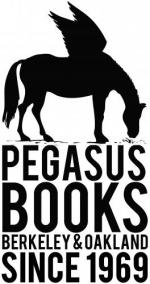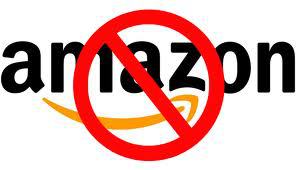I’ve been to many, many Solano Strolls, but among the fixtures I see every year are always one or two booths that I’m unfamiliar with. This year I looked past the solar panel people, ignored the massage therapists, and even resisted those delicious high-end vinegars and oils. But I stopped at a booth promising free tote bags–even though we have more than we can use already–because it had a sign that read “Thank you for shopping local.” I try to buy locally when I can, but I don’t always know if a product is local, so I was curious how this organization would assist in that endeavor.
The first postcard I was handed listed the reasons why one should buy local. Although I knew most of them, this one caught my attention:
For every $100 you spend at one of our local businesses, $68 will stay in the community. What happens when you spend that same $100 at a national chain? Only $43 stays in the community.
I’m not sure how buylocalberkeley.org arrived at those figures, but I found them interesting. I tried to imagine someone tracking a particular dollar bill from, say, Target versus a dollar spent at Pegasus Books and got lost almost immediately myself. But it makes sense that if I want to support California and create a smaller carbon footprint, I should pay attention to where my dollars go.
Through Localwise, I can get recommendations for local businesses from community members. (Or I could if their website was up and working.) Some of the examples on the postcard include web designers, bankers, and bookkeepers. So I thought about it, and in each of those cases, we are definitely supporting local folks. Dave met the guy who is redesigning our business website at the dog park. Our money is in USE credit union, which serves mainly but is not limited to California university and state employees. And our bookkeeper, Susan, lives in nearby Emeryville and comes to our house/business to do our books, so that’s pretty darn local.
Lately, we’ve been looking closely at where our dollars go because they seem to be going rather quickly in general. So I’ve been keeping track of every penny spent so that we can analyze it at some point and hopefully figure out a way to spend less of it. Although we are only in week two of our budget experiment, I can already tell you this: except for expenses surrounding our daughter in Baltimore (college tuition, room & board, airfare home), most of our dollars are spent right here in Berkeley at local businesses.
 Long ago I swore that I’d never buy anything from Amazon, and I made a recent pledge not to order anything online if I could get it at a brick and mortar store. (Okay, it was only a month or so ago that I bought a phone case online, but I swear that’s going to be the last thing.) Of course I own an iPhone, which technically is a local company since it’s only an hour away, but I know it’s anything but a mom and pop operation. So I guess that doesn’t fit in with the whole buy-local mentality…
Long ago I swore that I’d never buy anything from Amazon, and I made a recent pledge not to order anything online if I could get it at a brick and mortar store. (Okay, it was only a month or so ago that I bought a phone case online, but I swear that’s going to be the last thing.) Of course I own an iPhone, which technically is a local company since it’s only an hour away, but I know it’s anything but a mom and pop operation. So I guess that doesn’t fit in with the whole buy-local mentality…
But we are avid theater goers, which means we’re supporting the arts in Berkeley, San Francisco, El Cerrito, and Oakland. And I buy books at Pegasus and Books, Inc., which are both in Berkeley, and at Book Passage in Corte Madera (just across the San Rafael bridge, so still pretty local). About half of our groceries (all the produce) comes from Monterey Market (in Berkeley, despite the name), while the other half comes mostly from Safeway (locally started but huge and national) and Trader Joe’s (definitely national, but it has a local feel, and the checkers there are so nice!) Of course it gets complicated when you start to consider where those local businesses get their stock from. A lot of produce at Monterey Market comes from nearby  farms, but of course I’m lucky enough to live in a place where veggies and fruits can grow all year long.
farms, but of course I’m lucky enough to live in a place where veggies and fruits can grow all year long.
Oh god, I just realized that my corn flakes are Kellogg’s, which is a huge company. And my laptop is a Dell, and I don’t even know where their headquarters is or where their parts are made. Sigh.
I guess we just do what we can do. I will continue to record all of our purchases and make a point of noting whether or not they’re local. And I will report back.
